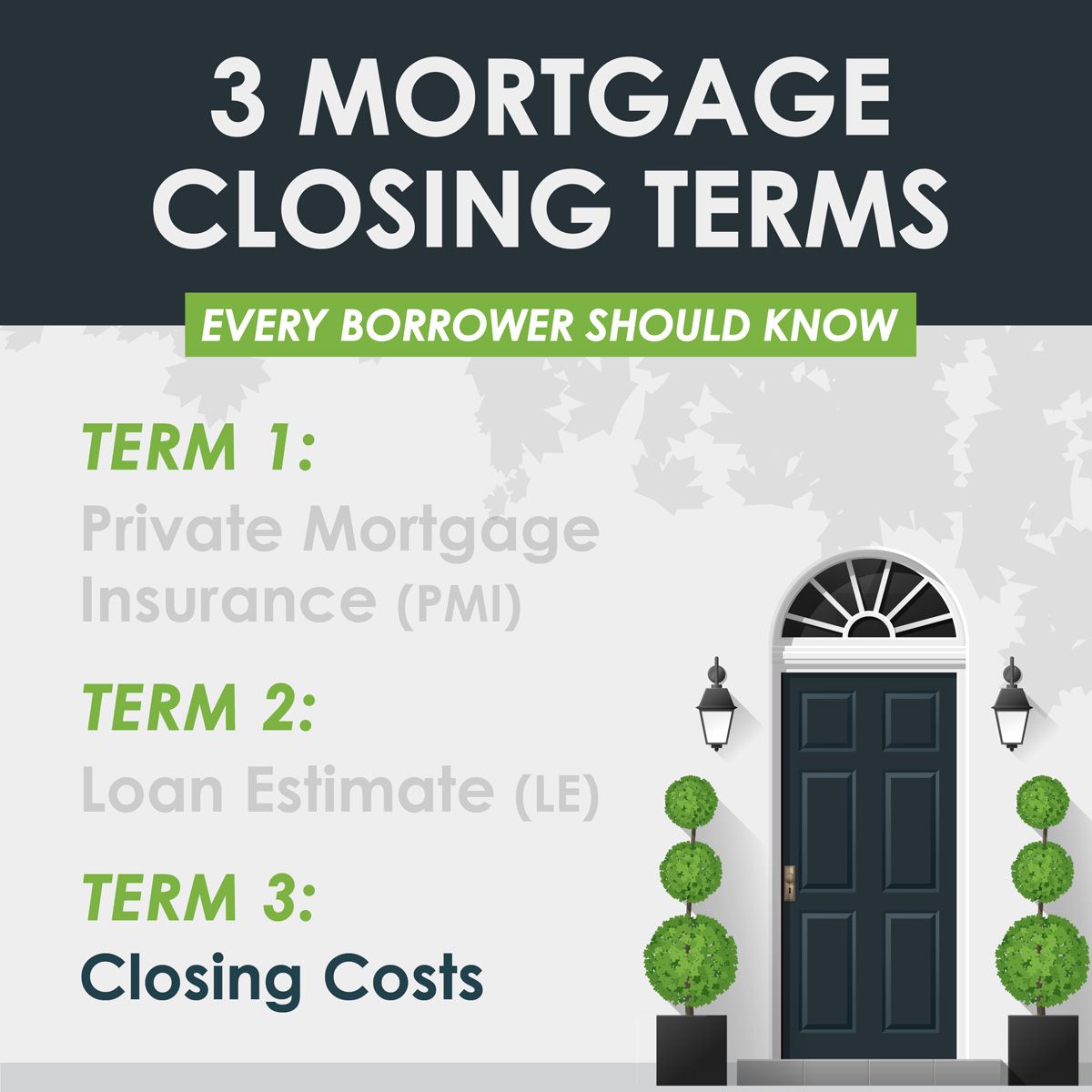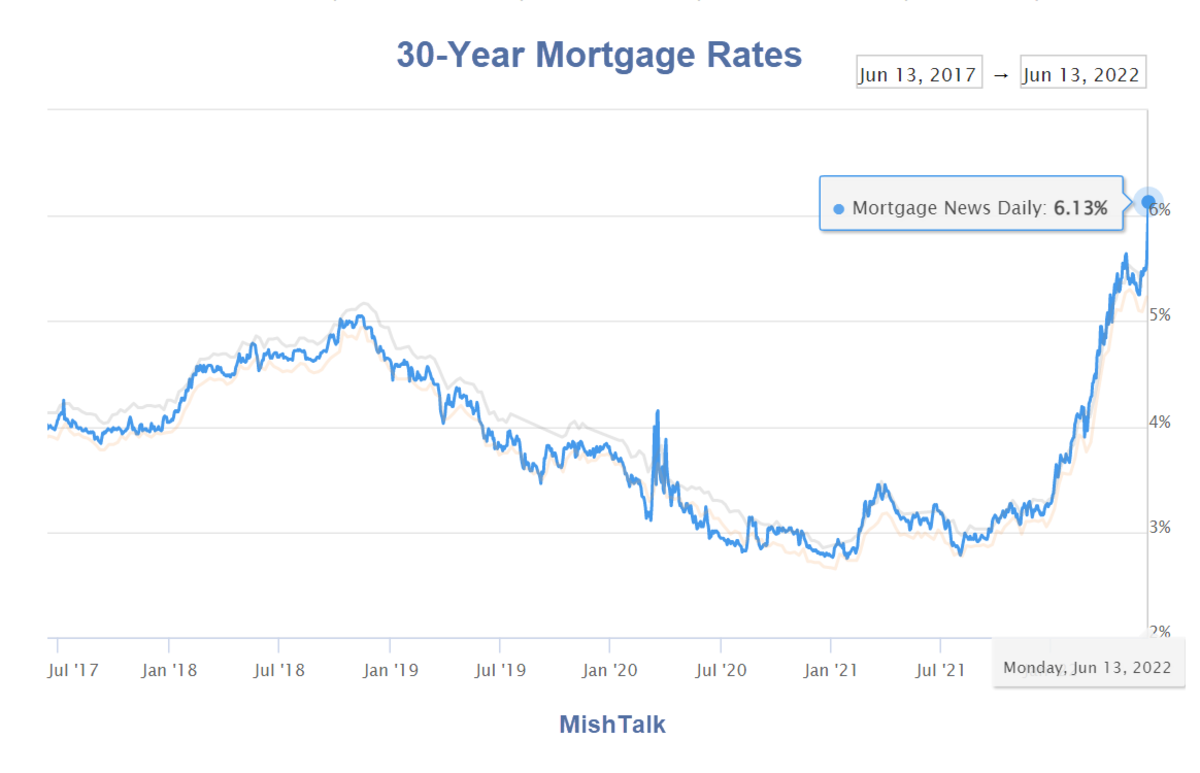
This article discusses how PMI calculates. It includes LTV Ratios, monthly premiums and LTV Ratios. Piggyback mortgages are also available. This is a crucial topic for home buyers. You need to be aware of your LTV ratio in order to avoid being overcharged from your lender.
Lender-paid Mortgage Insurance (LPMI).
PMI, a form or mortgage insurance, protects the lender from the possibility of default. A monthly fee is paid by the borrower to add to the mortgage payment. The insurance coverage is valid for the entire loan term, but can be cancelled at any time if the borrower has less than 20% equity.
LPMI might not be the best choice for every borrower. It can increase monthly payments, but it can lower them over time. To cover insurance costs, the lender will adjust the mortgage rate. The monthly payment will be higher if the interest rate is higher. LPMI might not be the best option if your monthly payments are too high. To be eligible for LPMI, you must have good credit.
Piggyback mortgage
Consider how PMI will impact your monthly mortgage payments when you apply for a mortgage. PMI is typically available to those with a loan-to value ratio (LTV), greater than 80%. PMI may not be available if your LTV is less than 80%. You might have to negotiate your lender.

A down payment of 20% or less can help you avoid PMI. In most cases, this means putting at least $50,000 down to buy a $250,000 home. A piggyback Mortgage is an option for those with less money. This second mortgage loan finances 80 percent. This loan will have a higher interest rate than other mortgages, but it is worth noting.
Monthly premiums
PMI is an insurance policy which covers a borrower's loss-related mortgage. There are two options for purchasing PMI: a borrower-paid, monthly plan or a lender-paid one. The borrower-paid plan, which is the most common, involves only one upfront premium and monthly payments. On the other hand, the lender-paid plan usually has a higher interest rate as well as a mortgage origination fee.
Monthly premiums for PMI are paid by the borrower after closing the mortgage loan. These premiums are not refundable, even if the homeowner moves from the home. Some lenders will include PMI in your monthly mortgage payment. This means you don’t need to make an additional payment. Other lenders allow you to pay the premium in advance, with the remaining amount due monthly.
LTV ratios
LTV ratios enable you to compare your loan size and the home's worth. LTV ratios help lenders determine if you're a good candidate to get a loan. Your chances of getting a home mortgage are better if your LTV is lower.
Private mortgage insurance (PMI), which protects the lender from loss, may be required for conventional loans that require a 20% down payment. These policies generally cost 0.5% - 1% of loan amount per year. They will be paid until the LTV ratio drops to below 78%. This could add $104 to $208 monthly for a $250,000 loan.

Credit score
There are a few factors that go into how PMI is calculated. There are three factors that impact how PMI is calculated: the FICO credit score of the borrower and the loan-to–value ratio. Although these factors are complex, they're easy to understand. A higher LTV is generally associated with a higher PMI premium.
PMI expenses are more expensive for larger mortgages, so borrowers who have a higher credit score may wish to consider getting a loan with a lower PMI percentage. They can ask for a particular amount of PMI and ask the lender to calculate it for them. When calculating PMI, another important factor is the property's actual value. This information can be obtained from a recent appraisal. You can also estimate it by determining the price of the house and current mortgage balance. Next, subtract the downpayment from the total value of the home.
FAQ
How many times may I refinance my home mortgage?
This depends on whether you are refinancing with another lender or using a mortgage broker. In either case, you can usually refinance once every five years.
What is a reverse loan?
A reverse mortgage lets you borrow money directly from your home. This reverse mortgage allows you to take out funds from your home's equity and still live there. There are two types: government-insured and conventional. Conventional reverse mortgages require you to repay the loan amount plus an origination charge. FHA insurance covers repayments.
How do I calculate my interest rate?
Market conditions influence the market and interest rates can change daily. In the last week, the average interest rate was 4.39%. Add the number of years that you plan to finance to get your interest rates. For example: If you finance $200,000 over 20 year at 5% per annum, your interest rates are 0.05 x 20% 1% which equals ten base points.
Is it possible sell a house quickly?
It might be possible to sell your house quickly, if your goal is to move out within the next few month. You should be aware of some things before you make this move. First, you must find a buyer and make a contract. Second, you need to prepare your house for sale. Third, it is important to market your property. Finally, you should accept any offers made to your property.
How long does it take for a mortgage to be approved?
It depends on several factors including credit score, income and type of loan. It typically takes 30 days for a mortgage to be approved.
What should I look out for in a mortgage broker
People who aren't eligible for traditional mortgages can be helped by a mortgage broker. They look through different lenders to find the best deal. Some brokers charge fees for this service. Other brokers offer no-cost services.
How much money should I save before buying a house?
It depends on how much time you intend to stay there. You should start saving now if you plan to stay at least five years. But if you are planning to move after just two years, then you don't have to worry too much about it.
Statistics
- Over the past year, mortgage rates have hovered between 3.9 and 4.5 percent—a less significant increase. (fortunebuilders.com)
- When it came to buying a home in 2015, experts predicted that mortgage rates would surpass five percent, yet interest rates remained below four percent. (fortunebuilders.com)
- 10 years ago, homeownership was nearly 70%. (fortunebuilders.com)
- This seems to be a more popular trend as the U.S. Census Bureau reports the homeownership rate was around 65% last year. (fortunebuilders.com)
- The FHA sets its desirable debt-to-income ratio at 43%. (fortunebuilders.com)
External Links
How To
How to purchase a mobile home
Mobile homes are houses constructed on wheels and towed behind a vehicle. Mobile homes are popular since World War II. They were originally used by soldiers who lost their homes during wartime. Mobile homes are still popular among those who wish to live in a rural area. These houses come in many sizes and styles. Some houses are small, others can accommodate multiple families. You can even find some that are just for pets!
There are two types main mobile homes. The first type is produced in factories and assembled by workers piece by piece. This process takes place before delivery to the customer. A second option is to build your own mobile house. It is up to you to decide the size and whether or not it will have electricity, plumbing, or a stove. Next, ensure you have all necessary materials to build the house. The permits will be required to build your new house.
There are three things to keep in mind if you're looking to buy a mobile home. Because you won't always be able to access a garage, you might consider choosing a model with more space. A larger living space is a good option if you plan to move in to your home immediately. Third, you'll probably want to check the condition of the trailer itself. If any part of the frame is damaged, it could cause problems later.
Before buying a mobile home, you should know how much you can spend. It is important to compare prices across different models and manufacturers. Also, take a look at the condition and age of the trailers. Many dealers offer financing options. However, interest rates vary greatly depending upon the lender.
You can also rent a mobile home instead of purchasing one. You can test drive a particular model by renting it instead of buying one. Renting is not cheap. Renters typically pay $300 per month.